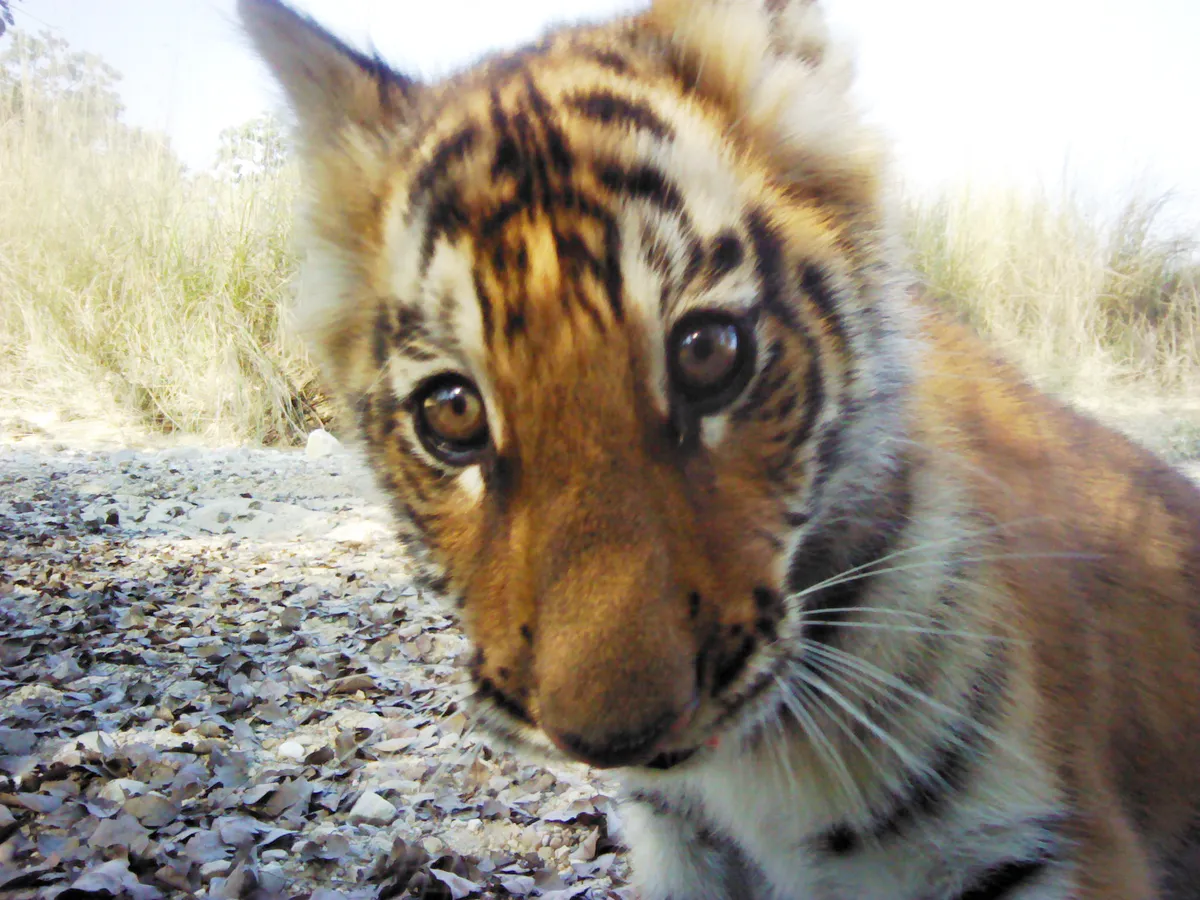Nepal’s wild tigers increased to 235 in 2018 from only 121 in 2008 due to the conservation efforts of dedicated local people, the Nepali government and Zoological Society of London (ZSL).
ZSL has been working with communities in Nepal to ensure the survival of the country’s wild tigers for nearly 25 years, empowering and supporting people that live alongside these endangered big cats on the borderlands of the country’s national parks.
Local communities have traditionally relied upon the forests for their livelihoods but deforestation, overhunting and overfishing have had a negative impact on tigers, depriving them of prey and habitat.
“In Nepal we are very proud of our wildlife, but when people’s livelihoods are threatened, some are pushed into wildlife crime to support their families, such as going into national parks to hunt,” says Dr Hem Baral, ZSL’s Nepal country manager.
“With starter loans and training, people can build legal, safer and more sustainable livings. This breaks their dependence on the forest.”

Providing poor communities with alternative incomes – running dairies, hotels and beauty salons, for example – has been vital to the success of this conservation initiative.
In addition to these schemes, the Nepali government and ZSL have collaborated to manage buffer-zones around national parks, improve population monitoring, and increase anti-poaching patrols.

With fewer than 4,000 of these enigmatic big cats left in the wild across Asia, this near doubling in a decade is a cause for celebration. However, Nepal is just one important stronghold.
Tigers are still in crisis and face declines across their entire range, especially in Laos, Malaysia, and China.
They are threatened by habitat destruction and fragmentation; poaching for the illegal wildlife trade and human-wildlife conflict.
These felines need extensive territories if they are to persist and although population rises in national parks are encouraging, they also need protection outside of these areas.
Find out more about tigers:
Main image: Wild tiger cub caught on camera. © ZSL

